Rossini in Bologna
The series about historical places of opera art & culture. Get to know exciting excursion and travel ideas for opera lovers. This time: Rossini in Bologna.
All Destinations on google maps with links to detailed Blogposts:
Rossini in Bologna
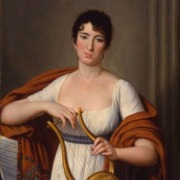
Rossini was 12 years old when his family came to Bologna. His father, a supporter of the Revolution, came here to escape the Papal State and to give their only child a good musical education. Gioachino went on to study at what is now the Conservatorio. At 18 he had to earn money and left Bologna for Venice, where he wrote his first serious work (“La cambiale del matrimonio”).
Throughout his life, Rossini kept various houses in Bologna and lived there intermittently.
In 1822, he married the famous mezzo-soprano Isabela Colbran in Bologna (see below). They kept houses in the city (a plaque on the Strada Maggiore still commemorates it) and in the countryside.
With the assumption of responsibility for the Théâtre lyrique, the two had moved to Paris. After the end of her singing career, Colbran became erratic and addicted to gambling. In 1829 Rossini brought his wife back to Bologna, where she would henceforth live with Rossini’s parents. In letters Rossini’s father complained several times to his son, who lived in Paris, about Isabelle’s diva-like behavior, but Gioachino had already become estranged from her and separated from Colbran, who was 7 years older. He saw her only very sporadically. In 1845 she died and found her resting place in Bologna in the monumental Certosa cemetery.
Rossini met the courtesan Olympe Pélissier in Paris, but spent time and again in Bologna, as he had taken an office in Bologna in 1836 that brought him back occasionally. The highlight was the performance of his Stabat Mater, conducted by Gaetano Donizetti, but after Colbran’s death Rossini left Bologna for good, this time in anger. He was accused by some people of not supporting the Risorgimento, which infuriated him. Rossini was rather an apolitical person and it was rumored that his second wife had been a bad influence on him. A friend was able to convince him to write a freedom anthem, which was then played in the Piazza Maggiore. This was the end of the last Bolognese chapter in Rossini’s life.
TO THE FULL ROSSINI BIOGRAPHY
TO THE TRAVEL GUIDE PO VALLEY, EMILIA ROMAGNA; TOSCANA FOR OPERA AND CLASSIC LOVERS
Destination Archiginnasio, Stabat Mater Auditorium
This magnificent sight holds, among other things, the “Stabat Mater Hall”. The auditorium of the University of Bologna hosted Rossini’s most important artistic event in Bologna, as the name suggests, the memorable Italian premiere of his “Stabat Maters”, conducted by Gaetano Donizetti, took place here in 1842. In 1869 a commemorative plaque was placed in the hall with the famous misspelling (Donizzetti instead of Donizetti).
The Archiginnasio houses, among other things, the famous Surgery Hall (Teatro anatomico) from 1637.
Courtyard of the Archiginnasio:
Destination Church Madonna del Pilar
In 1822 Rossini and Isabel Colbran were married in this beautiful baroque church. A marble plaque at the foot of the bell tower commemorates the day. The church is located outside Bologna, a few kilometers from their home in Castenaso.
Chiesa Madonna del Pilar:
Destination Castenaso
Rossini’s father-in-law Colbran had purchased a property with a stately home outside of Bologna in Castenaso, which was the second home of Rossini and Colbran for a long time. He composed parts of Guglielmo Tell and Semiramide there, among other works. Unfortunately, the property burned down during the Second World War and today only a fountain reminds of this place.
The fountain of Castenaso:
Destination Monumental cemetery Certosa, tomb of Isabella Isabella Colbran
Isabelle Colbran was buried in the Monumental Bologna Cemetery Certosa, where there are also the graves of the most famous castrato Farinelli (Carlo Broschi) and Ottorino Respighi. The cemetery is worth seeing and, similar to the Zentralfriedhof in Vienna, it is filled with spectacular tombs. Rossini’s tomb however is not in Bologna, he was buried first in Paris, then in Florence.
Certosa cemetery:
https://www.bolognaservizicimiteriali.it/contatti.html

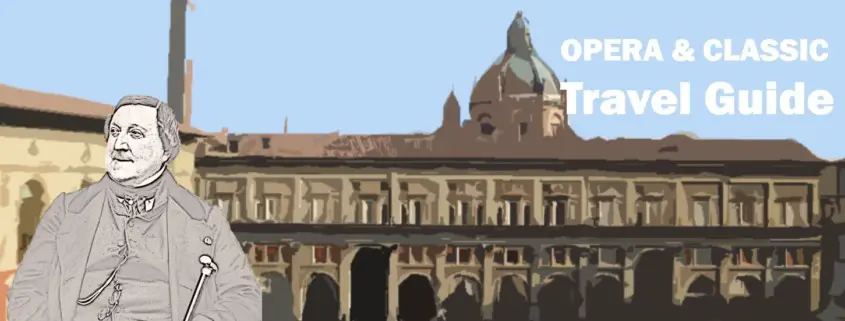
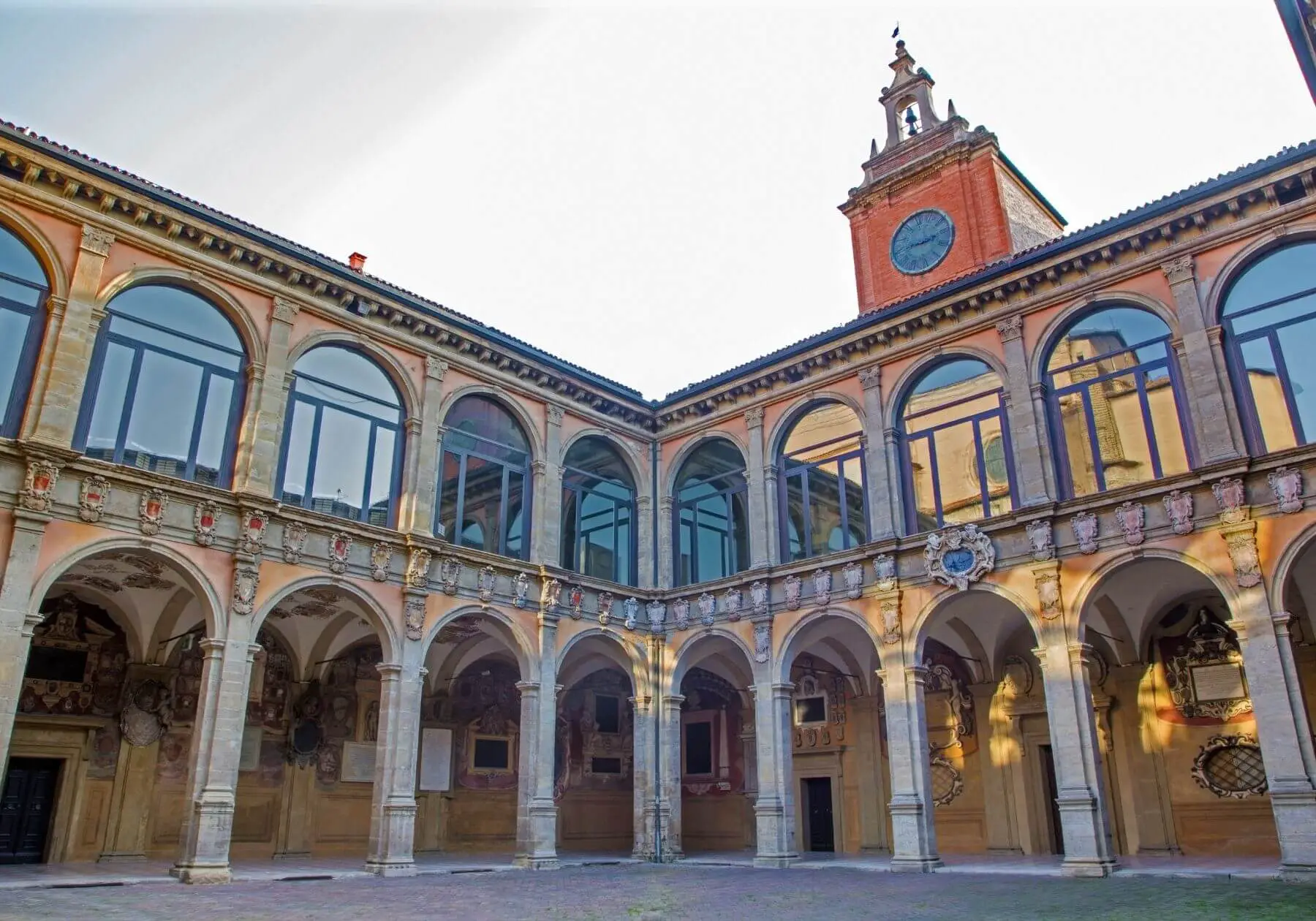
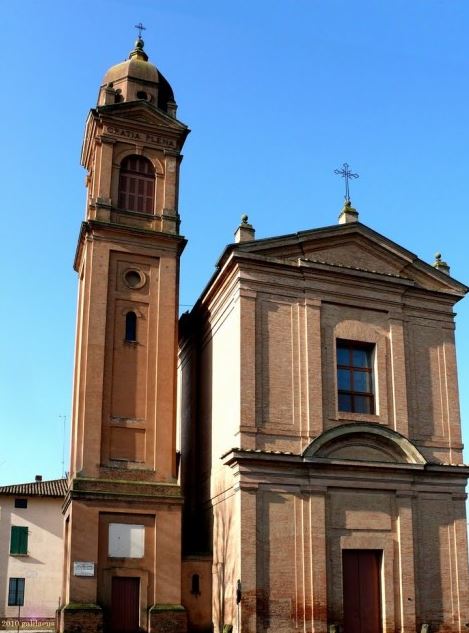
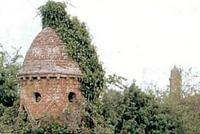
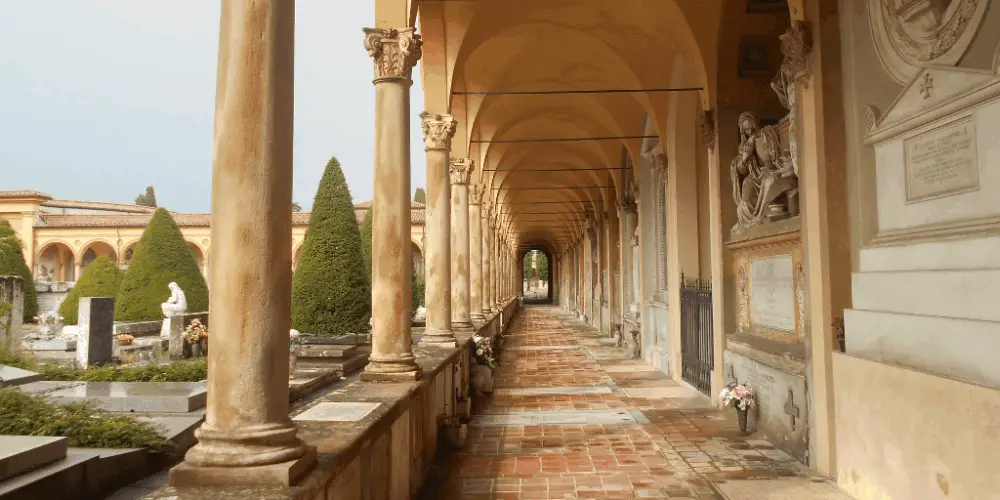


Leave a Reply
Want to join the discussion?Feel free to contribute!